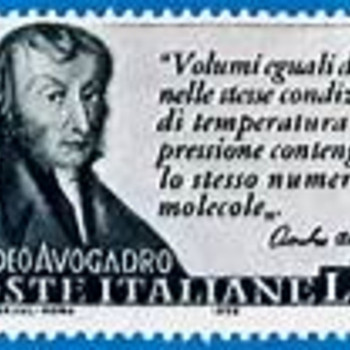If I had come across a question which quoted a pressure of #800*mm*Hg# in my A2 syllabus, I would raise merry hell. We know that #1*atm# will support a column of mercury that is #760*mm# high. A mercury column is thus a good visual gauge for pressures at #1*atm#, or pressures below #1*atm#. I am a bit peeved by this issue, because last month the head of school (the creature) vetoed my use of mercury columns in the science lab, while in the Geography lab, they have a pair of antique mercury barometers that have probably never been used.
You raise or try to raise the mercury column over #760*mm# you will probably get mercury all over the laboratory or the classroom. You can use (preferably for chemists) #"atmospheres"#, or #"kilopascals"#, or even #"pounds per square inch"#. You do not use #mm*Hg# for pressure OVER atmospheric.
Anyway to your problem, the pressure is.....
#(800*mm*Hg)/(760*mm*Hg*atm^-1)=1.053*atm#.
We assume a volume of #1*L#, and then we solve the Ideal Gas equation.............
#PV=nRT#, and thus #P/(RT)=n/V=("mass"/"molar mass")/(V)#, and so..
#(Pxx"molar mass")/(RT)="mass"/V=rho_"density"#. #"Whew..........."#
And thus #rho_"ammonia"=(1.053*atmxx17.03*g*mol^-1)/(0.0821*(L*atm)/(K*mol)xx298*K)#
#=0.7*g*L^-1#

